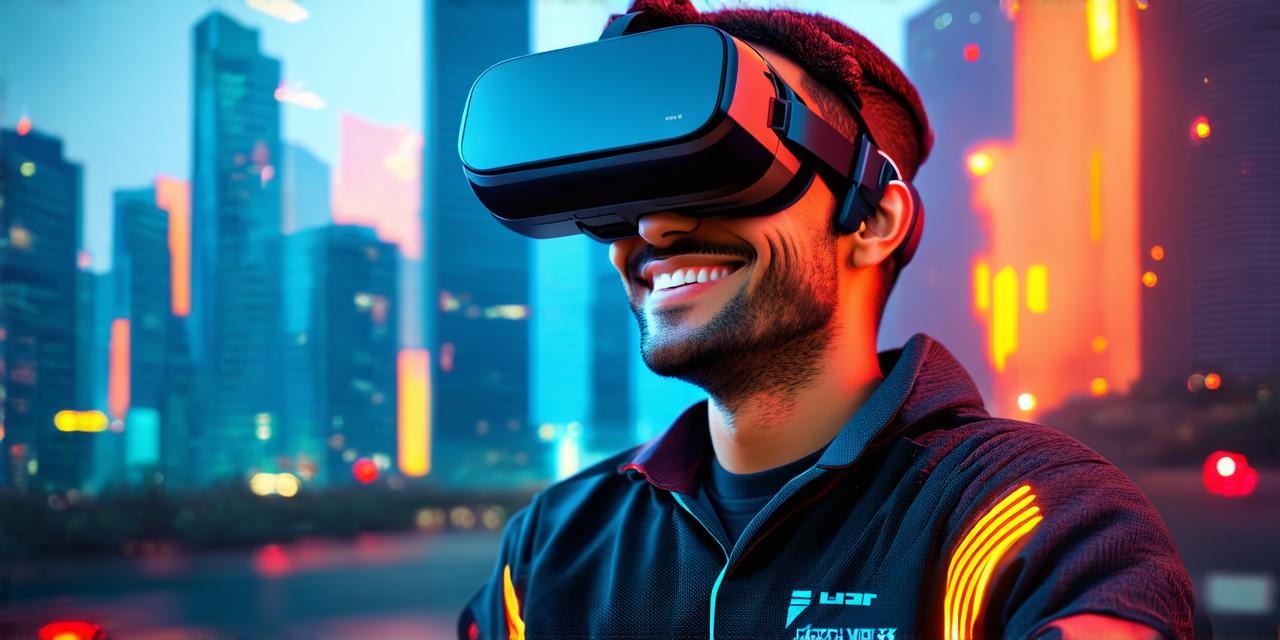1. Development Costs:
Development costs can vary widely depending on several factors such as project complexity, number of features required, and team’s expertise. Basic VR applications with minimal functionality may cost anywhere from $50,000 to $100,000, while more complex applications with advanced features and graphics can cost anywhere from $200,000 to $500,000 or more. It’s important for developers to estimate the development costs accurately to ensure that their investment in VR therapy is feasible.
When estimating development costs, developers should consider the team’s experience and expertise in developing VR applications. They should also factor in the time required for the project, including design, development, testing, and deployment. Additionally, they should consider any additional costs such as software licensing fees or cloud services that may be required.
1. Licensing Costs:
Licensing costs can significantly impact the cost of VR therapy. There are various licensing models available, including perpetual, subscription-based, and pay-per-use. The cost of licensing can vary depending on the provider and the usage requirements.
Developers should carefully evaluate the different licensing models available and choose the one that best suits their needs and budget. For instance, Oculus offers a range of licenses for their VR hardware and software, with prices starting at $199 per unit for the Quest 2 headset. They also offer a subscription-based license model for their enterprise users.
When choosing a licensing model, developers should consider the number of users who will be accessing the application and the frequency of use. They should also factor in any additional costs such as maintenance or support fees that may be required.
1. Hardware Costs:
The type of VR hardware required depends on the application’s complexity and intended use. Basic VR applications may require a low-end VR headset, such as the Oculus Quest 2, which costs around $299. On the other hand, more complex applications may require high-end hardware, such as the HTC Vive Pro Eye, which costs around $1,499.
Developers should carefully evaluate the different hardware options available and choose the one that best suits their needs and budget. They should also factor in any additional costs such as software licensing fees or cloud services that may be required.
When choosing VR hardware, developers should consider the application’s intended use and the user experience requirements. For instance, high-end hardware may be necessary for applications that require advanced graphics or complex interactions, while lower-end hardware may be sufficient for simpler applications.
1. Maintenance Costs:
Regular maintenance and updates are essential to ensure that the application remains functional and relevant to the user’s needs. The cost of maintenance can vary depending on the provider and the complexity of the application.
Developers should budget for regular maintenance and updates to ensure that their VR therapy application remains up-to-date and effective. They should also factor in any additional costs such as software licensing fees or cloud services that may be required.
When choosing a maintenance plan, developers should consider the frequency of updates and the level of support required. They should also factor in any potential downtime or disruptions that may occur during maintenance periods.
1. Training Costs:
Proper training is essential to ensure that users can effectively utilize the application and achieve the desired outcomes. The cost of training can vary depending on the provider and the level of training required.
Developers should budget for proper training to ensure that their VR therapy application is used effectively and efficiently. They should also factor in any additional costs such as software licensing fees or cloud services that may be required.
When choosing a training plan, developers should consider the user’s level of experience with VR technology and the complexity of the application. They should also factor in any potential ongoing support requirements that may arise.
1. Conclusion:
In conclusion, the cost of virtual reality therapy is a complex issue that involves various factors such as development costs, licensing costs, hardware costs, maintenance costs, and training costs. As VR developers, it’s crucial to understand these factors and make informed decisions about the investment required for VR therapy. By doing so, developers can optimize their investments and achieve the desired outcomes while staying within budget. It’s essential to carefully evaluate each of these factors and choose the ones that best suit your needs and budget to ensure a successful implementation of VR therapy.
